1 min read
Why iPads are Bad for Patient Experience and Patient Safety
Updated December 10, 2024 by Cat Saettel Patients can easily feel lonely during infusion therapy or a hospital stay. Healthcare organizations can...
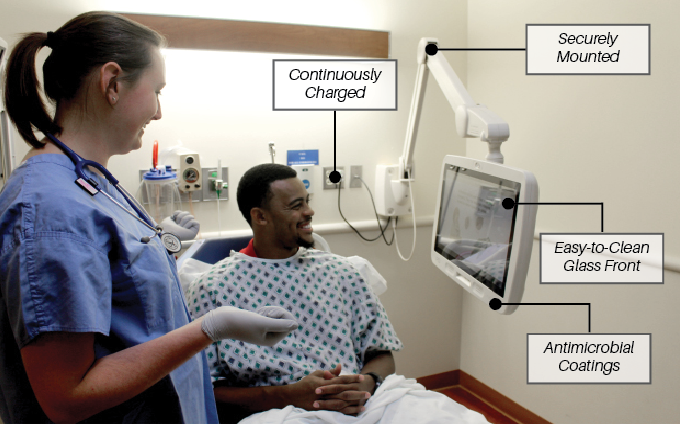
NOTE: Last updated December 16, 2022
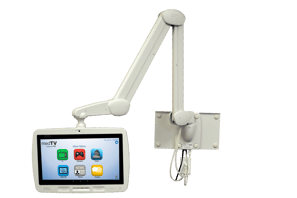
There are many parts of a well designed arm-mounted patient TV system. It is ideal to have one manufacturer who offers integrated system components designed to work together for your unique patient spaces. This vendor should bring the knowledge and experience to assist in optimal application design and installation for your project.
Each element of an arm-mounted system should be easy to clean. It should offer antimicrobial properties to limit healthcare associated infections (HAIs). Additionally, it should have healthcare grade certifications, such as UL Listing, NFPA 99 Health Care Facilities Code, FCC, and OSHPD.
Facility managers appreciate centralized TV management for easy cloning, channel aliasing and channel remapping to customize TV line-ups. Also, consider integrations with gaming devices, DVD, DirecTV or satellite for more entertainment options for patients.
Safety is of utmost importance selecting healthcare power supplies. Low-voltage, UL-Listed power supplies reduce the risk of fires or shock to protect patients and facility owners.
A well designed, continuous power source is preferable to intermittent battery charging for long hours of use and reduces staff maintenance. The best option is a centralized power supply. This will power multiple units from a central location without the need for outlets at each location.
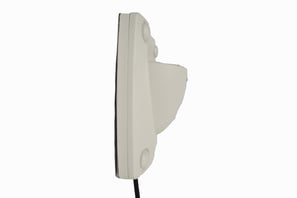
The mount is the foundation of your arm-mounted patient entertainment system. The mount needs to be secure, theft-resistant, and blend in with the aesthetics of your patient room. There are many ways to mount a personal patient arm system. You can mount it from the headwall, sidewall, floor or counter, a chair, from the ceiling, or on mobile TV carts.
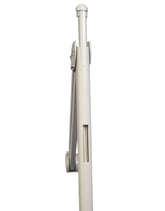
A well designed arm delivers a comfortable, enjoyable experience for the patient, and cable management for the facility. A good arm is UL-Listed, seamlessly hides the cables, and is well-balanced to stay in position. Some TVs gradually sink because the arm is weak or not designed to support that device. A great arm allows maintenance staff to change internal cables in-place, with minimal disruption to patients.
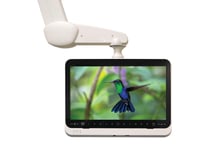
The device you select for the patient needs to provide value to the patient and your staff. Healthcare providers can’t afford disruptions with device glitches and TV service interruptions. Choose a device built for healthcare with a proven track record, simple to navigate and easy to use.
The TV must have Pro:Idiom to decrypt TV channels. It should be able to run at long hours each day without risk of overheating or dead batteries. A well designed arm-mounted device will have high-quality speakers, a headphone jack, and cleanable touch screen.
The best TV-Tablets have built-in entertainment apps. They also auto-wipe user data, have camera/microphone options, and are capable to upgrade for patient education or added services. Vendors who offer site assessments and guaranteed installation ensure optimal project success for you.

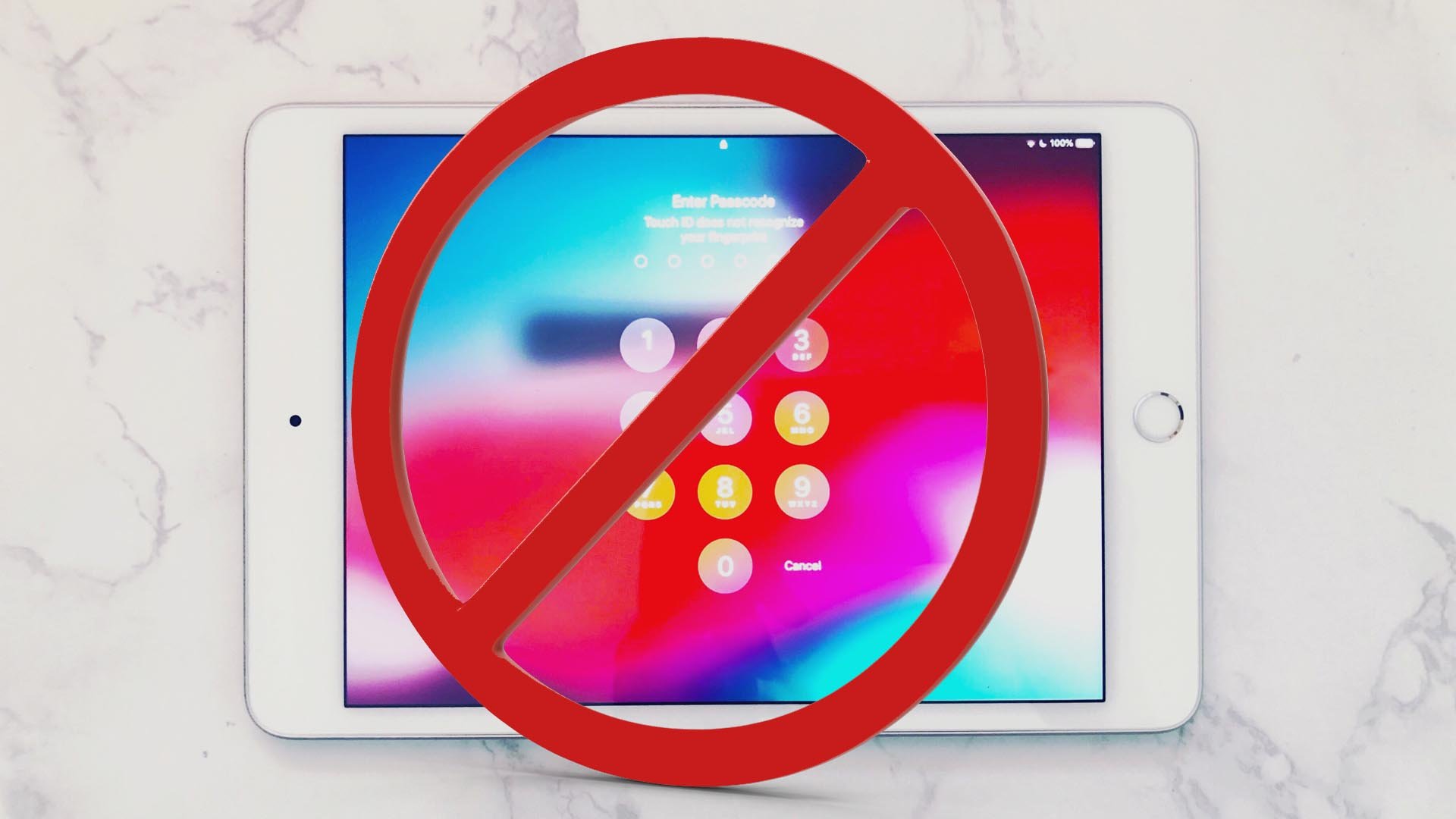
1 min read
Updated December 10, 2024 by Cat Saettel Patients can easily feel lonely during infusion therapy or a hospital stay. Healthcare organizations can...
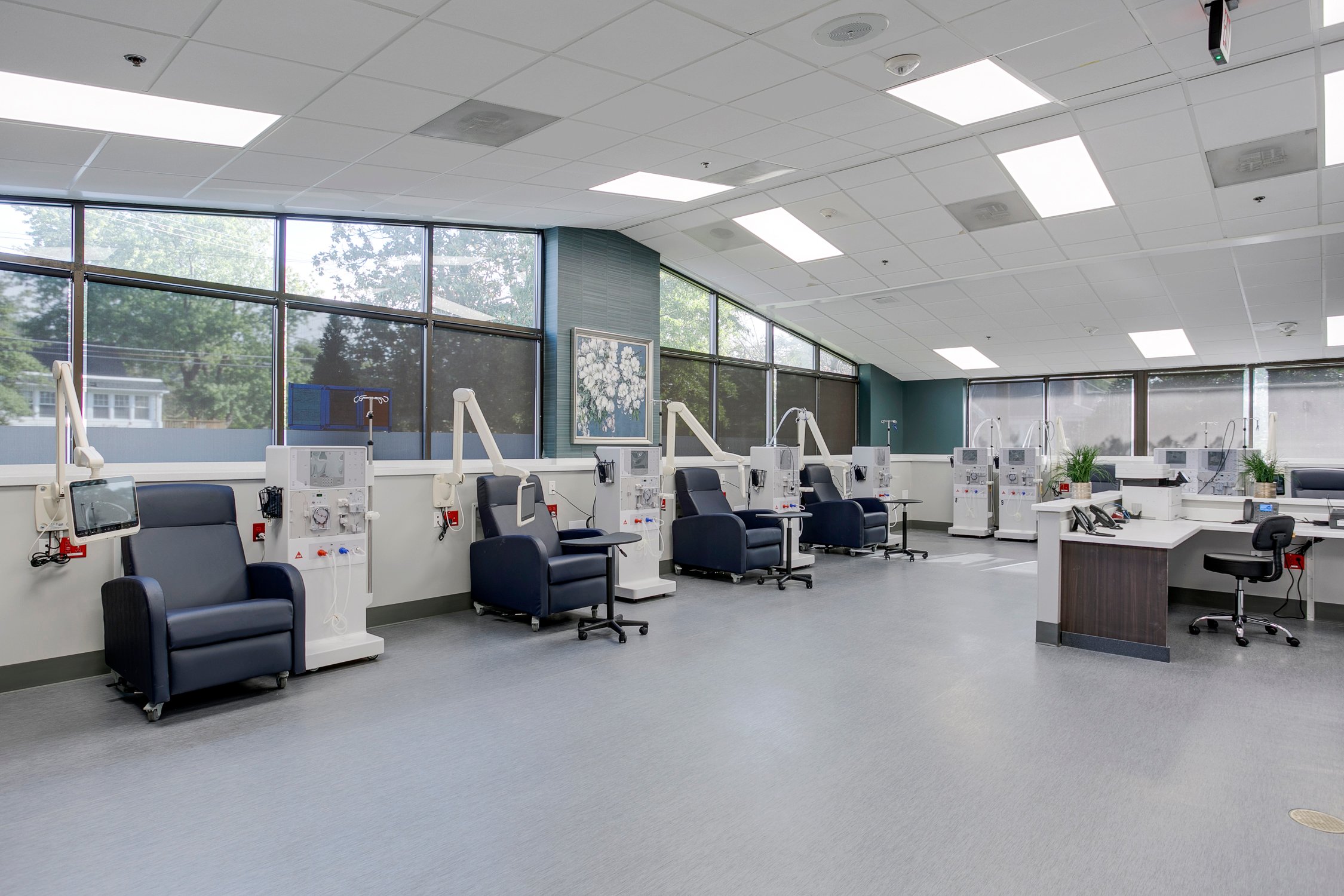
Space is a commodity in patient areas. When designing patient areas in healthcare facilities, thoughtful consideration must be made for space...

Last Updated July 23, 2024 Fun isn’t typically the first thought that comes to mind when thinking about a hospital stay or an outpatient visit....